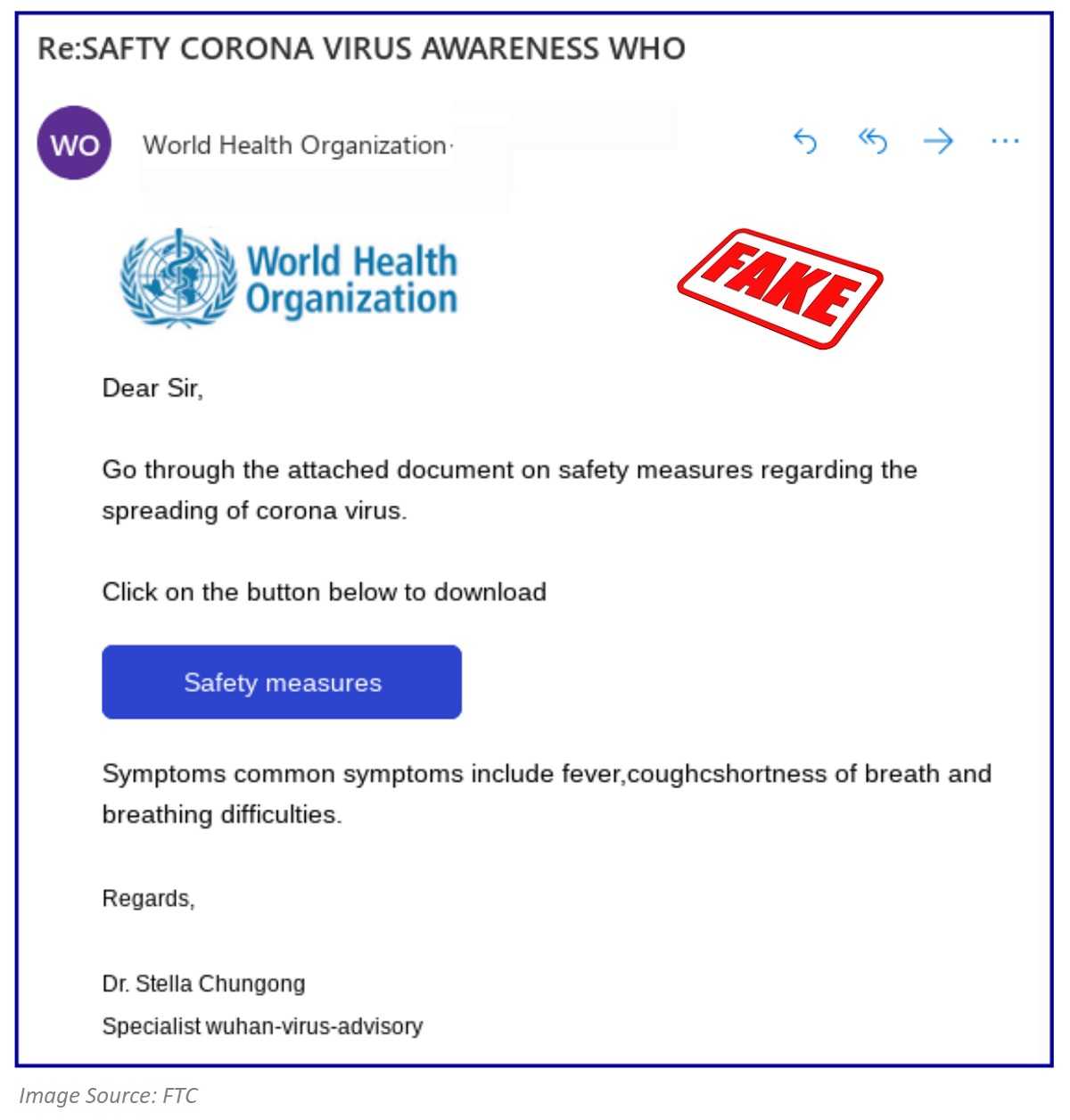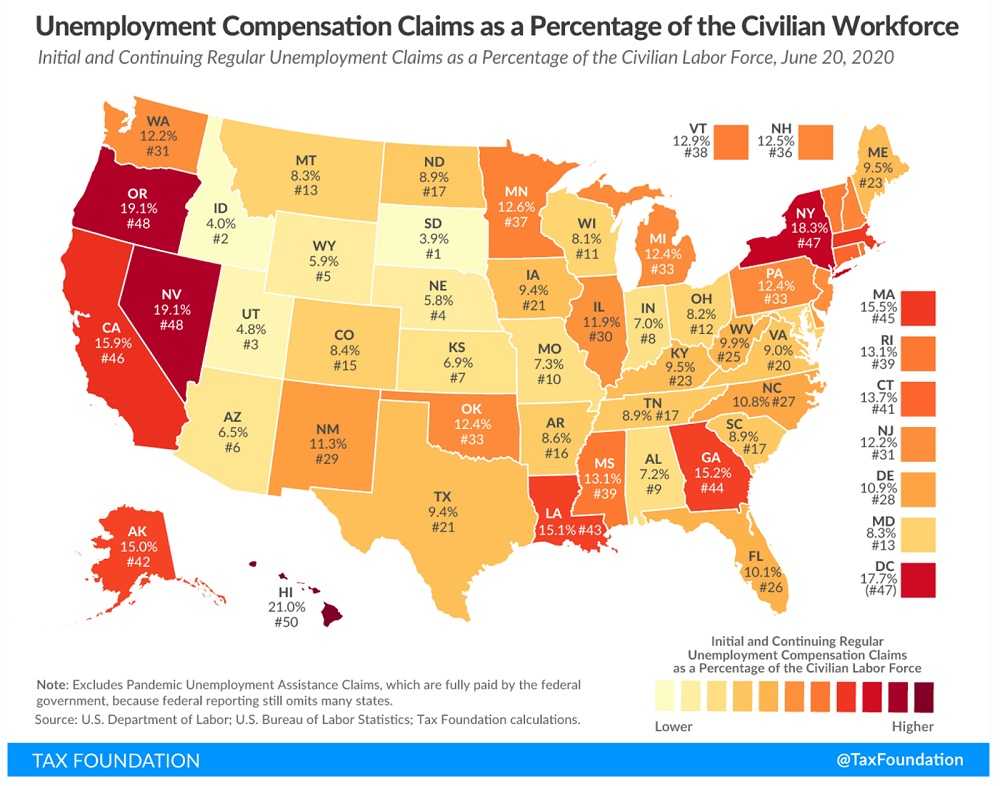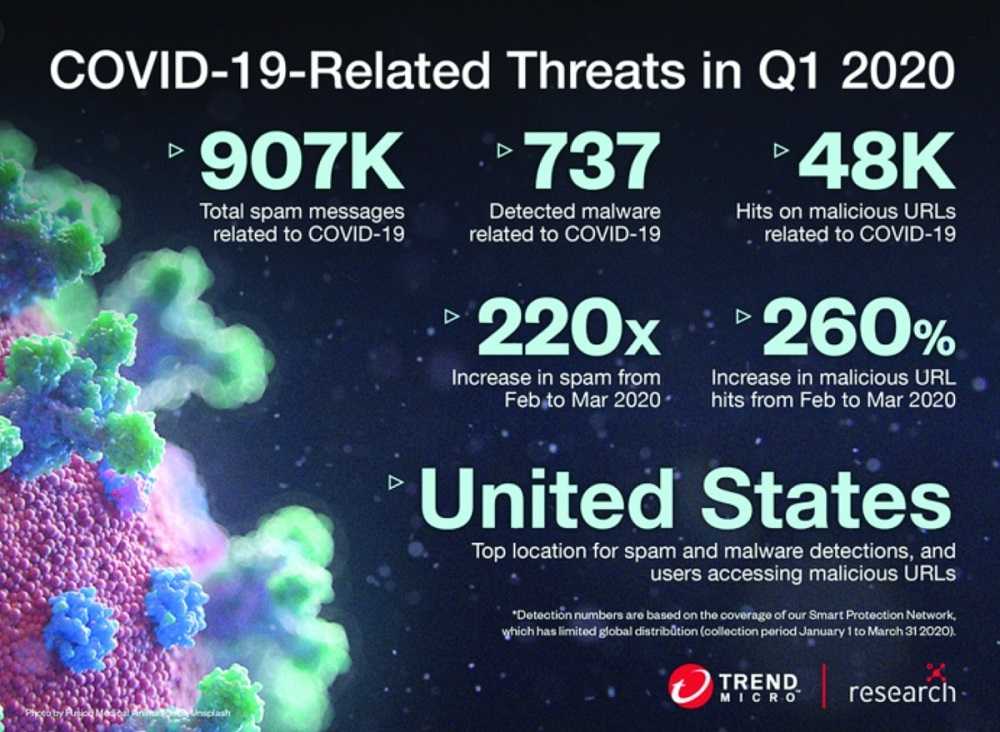It was a year many of us prefer not to remember, but 2020 and the historic level of hacks that took place directly or indirectly affected many of us. The coronavirus blindsided the world and we were catapulted into a new existence that included working, banking, shopping, and even going to the doctor…all remotely. Cybercriminals got busy exploiting every opening in this new way of living that continues today.
Familiar cyberattacks like email phishing, social engineering attacks, and purchase and refund thefts all skyrocketed using coronavirus as a lure. From fears of getting the virus to the economic blows many of us experienced, hackers were ready to take advantage of the ongoing situation. Security experts take a look at some of the hacking “low-lights” of the past year and how most of us had no idea we were involved before it was too late.
PANDEMIC RESPONSE EFFORTS ATTACKED
Stat: Barracuda Networks found February and March of 2020 saw a remarkable 667% spike in coronavirus-related email phishing campaigns.
In 2020, we saw attacks against the World Health Organization (WHO), one of the many groups including HHS (Health and Human Services) and the CDC (Centers for Disease Control and Prevention) who are all intensely involved in the global and U.S. pandemic response. The month of April saw hackers, including nation-state groups, attacking top members of the global pandemic response. They found WHO employee passwords leaked on other websites and were used for email phishing against their employees.

Malicious links in the emails lured recipients into clicking on them, only to have malware downloaded to their device. Although the WHO itself was not hacked, 2,000 of their employee email accounts allegedly were. The leaked WHO email addresses were also found on Twitter and other social media sites. Emails were sent by politically extreme groups who used them to spread doubts about the legitimacy of WHO’s public health coronavirus guidelines.
The HHS came under a cyberattack that involved overloading their servers to slow the agency’s systems, but according to the HHS, had no significant effects on their operations. Both the HHS and CDC experienced disinformation attacks by what may be nation-state actors. The incidents are being called a “campaign of disruption and disinformation aimed at undermining the response to the coronavirus pandemic…” The campaign was spread by text, email, and social media.
UNEMPLOYMENT FRAUD
Stat: The Department of Labor’s Office of the Inspector General estimated that through the end of November 2020, unemployment schemes cost nearly $36 billion in losses.
Loaded with PII (personally identifiable information) stolen in other hacks, purchased on the dark web, stolen in email phishing attacks, and from many other sources, hackers targeted the pandemic response by the U.S. government. The Government supplied unemployment and pandemic unemployment assistance (PUA) to its citizens financially affected by the coronavirus. According to IRS Commissioner Chuck Rettig “Tax scams tend to rise during tax season or during times of crisis, and scam artists are using the pandemic to try stealing money and information from honest taxpayers.” May of 2020 saw a record 23 million unemployment claims filed, and the FBI reported a spike in fraudulent claims just two months later. The uptick was due to hackers stealing PII and using it to file unemployment insurance claims.

T-MOBILE HACK TIMES TWO
Stat: Two of four hacks against T-Mobile happened in 2020, exposing massive amounts of data sets on their users. The FCC (Federal Communications Commission) maintains that in particular, the second 2020 breach exposed “some of the most sensitive personal information that carriers and providers have about their customers.”
Both customers and employees were victims in the 2020 breaches, contributing two out of the four security events that T-Mobile experienced in just three years. According to the company, the latest incident affected approximately 200,000 customers and employees. T-Mobile notes the second hack did not include highly sensitive PII like Social Security numbers, passwords, financial data, or email addresses.

However, the earlier March 2020 attack did expose highly sensitive customer PII. According to T-Mobile, the breach involved a third-party hack of their email vendor that led to the breach. T-Mobile confirmed customer Social Security numbers, email accounts, government ID numbers, financial information and billing information were taken.
 Overall, what we can do to prevent much of this in 2021 is to not let our guard down. Just because the calendar page was flipped, doesn’t mean the cybercrime will cease. Remember some handy cybersecure tips:
Overall, what we can do to prevent much of this in 2021 is to not let our guard down. Just because the calendar page was flipped, doesn’t mean the cybercrime will cease. Remember some handy cybersecure tips:
- Always watch out for phishing attacks, be them by text (smishing), email (phishing), or voice (vishing). If you aren’t expecting a link or attachment, don’t click it. If you don’t initiate a phone call, don’t give out your PII.
- If you want information about the coronavirus, check reputable online sources like the CDC or your state or local government websites. Don’t click a link that claims it has urgent details or that claim to put you at the front of the vaccination line. They are not authentic.
- If you applied for unemployment but haven’t received it, follow up regularly. And if you get a tax form stating you did receive it, but you didn’t, call your state unemployment office and file a case.
- Guard your PII closely. If you get a notification a provider you use was a victim of a data breach, immediately change your passwords, ensuring each one is different from every other online account you have.